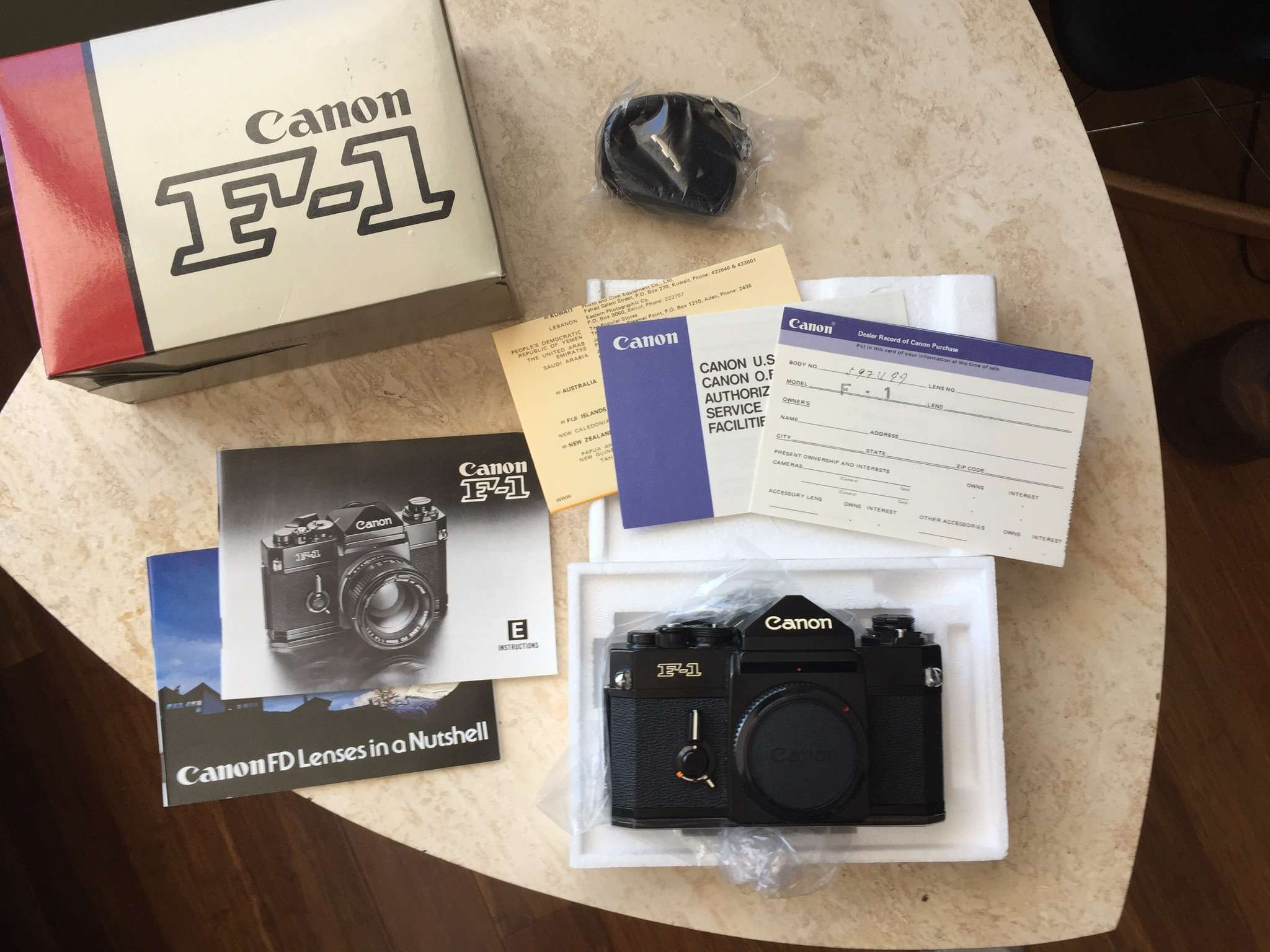back alley
IMAGES
What's the serial number? If it's above 500,000, you have a F-1n (second generation model). If it less than 500,000, you have a first generation F-1.
If there's no film in the camera, look at the date code stamped in ink in the film cassette chamber. That will tell you the year and month it was made.
Jim B.
i will check all that when i get home.



